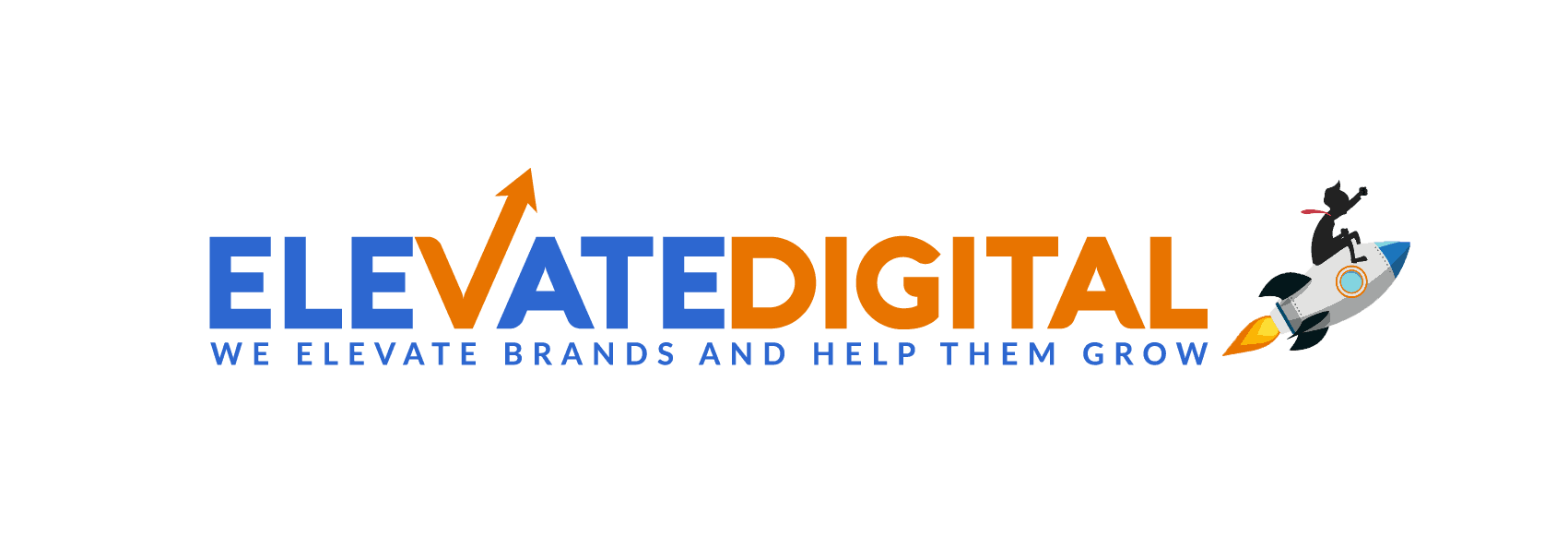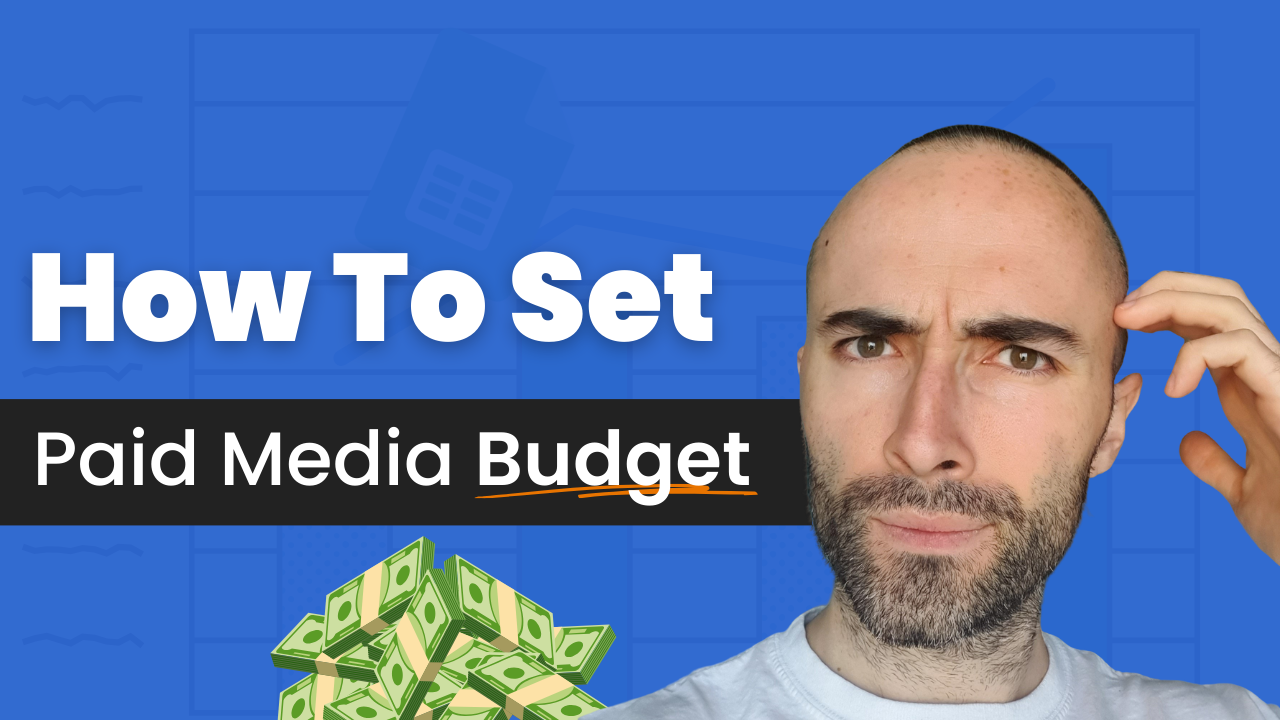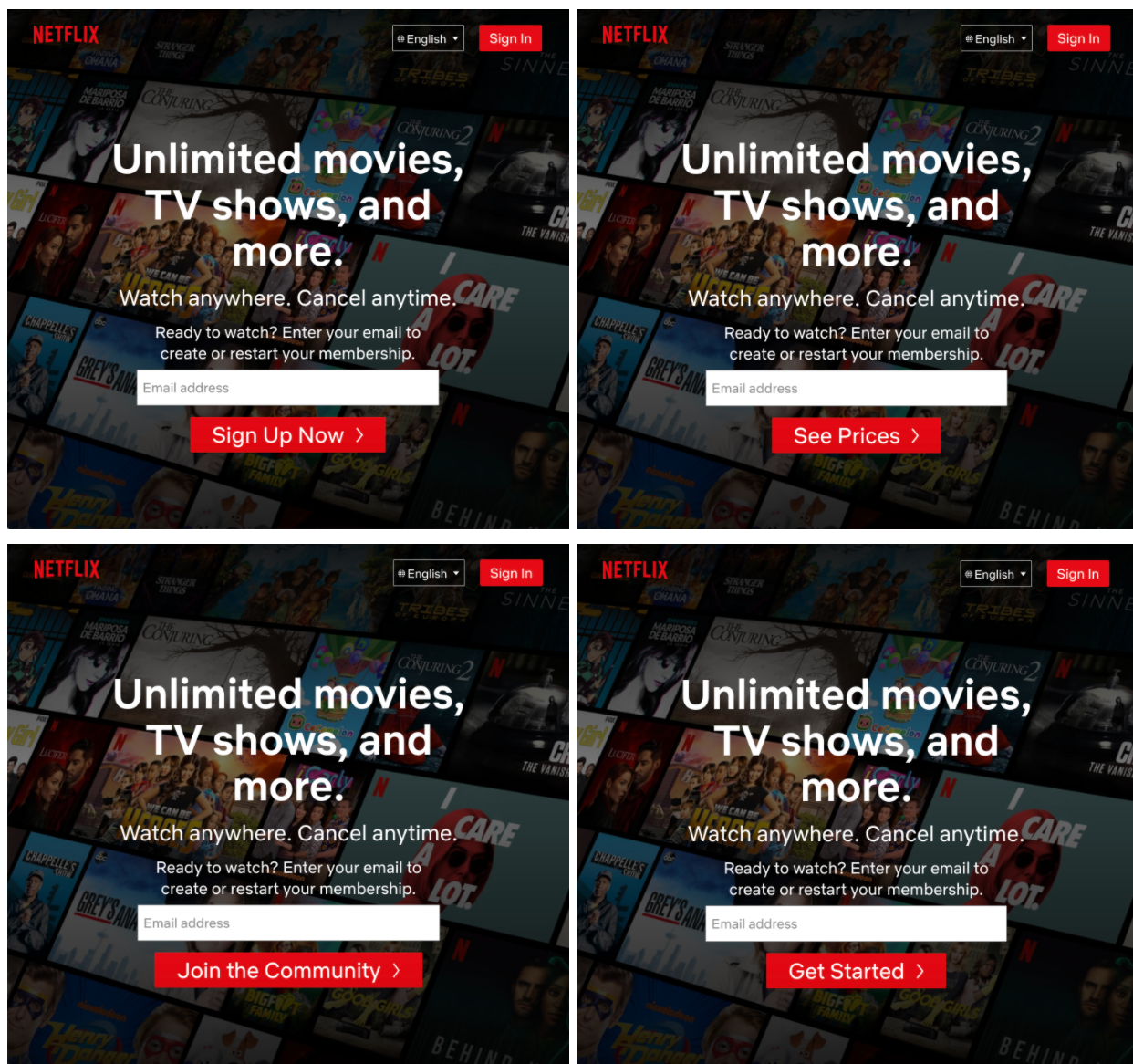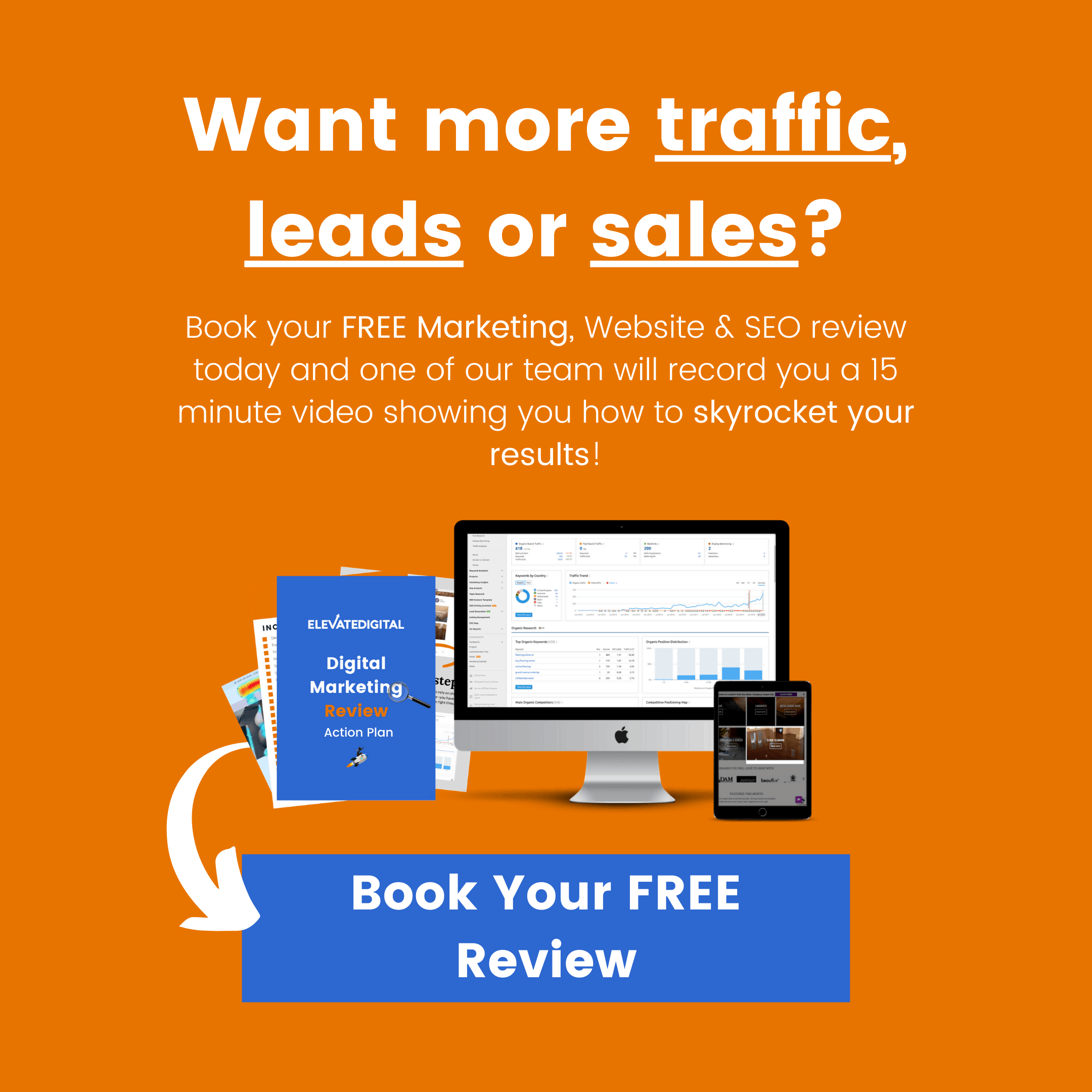Whether you’re advertising for the first time, or looking to create a new acquisition channel or start on a new platform
The million dollar question (and hopefully not million dollar answer) is always…
Just much do I need to spend before I see results?
Well in this blog, I’m going to walk you through a proven step-by-step framework to plan your media budget with MORE confidence so you don’t have to set your hard earned cash on fire by operating on guesswork alone…
🎦Prefer video content? Check out our video walkthrough below:
How to decide on a realistic media budget for paid advertising
Firstly, it’s absolutely essential to understand your LTV, gross margins and then set a realistic target CPA (cost per acquisition) based on these numbers.
Let’s look at an example here:
Business A is an D2C ecommerce store with an average lifetime customer value of £100 and 50% margins meaning they make about £50 per customer
Business B is an enterprise B2B SAAS company with an average contract value of £20m and gross margins of 80% meaning they make about £16m per customer
In a nutshell, that means Business A can only afford to spend around £50 at most to acquire a customer at break even, but due to the small value, it’s likely to be a fairly quick and easy buying decision.
Business B on the other hand, has a LOT more wiggle room in terms of their maximum acquisition cost. However, it’s also fair to assume the buying cycle for a product of this nature is going to be far longer and much more complex. As such, The advertising campaign will likely involve multiple touch points across different platforms and potentially even be combined with direct sales outreach in order to close this size of deal.
Obviously the goal isn’t to just break even with our campaigns but understanding these numbers can at least give us an initial target CPA to aim for, whilst giving us room to test and optimise are ads over time to increase profitability.
What factors will most affect your ROAS (return on ad spend) and marketing profitability?
Next, we need to understand the variables that influence the success and profitability of your advertising and marketing campaigns.
This is important so you know what to change and what levers to pull, to get your campaigns working with maximum profitability.
So typically, one of the first variables is going to be the targeting on your chosen advertising platform.
In other words, are we reaching the right people, or targeting the right keywords, that are most likely to lead to a sale
For example, which of these do you think has the highest level of intent for somebody actually looking to engage in SEO services vs someone just looking for general information…
The next major variable is the ad creative or or ad copy
One big problem a lot of businesses have is running ads with clickbait images or headlines in an attempt to get lots of people to click, but as a result, they end up getting clicks from the wrong people.
Choosing the right ad creatives is as much about actively disqualifying and turning away the WRONG customers as it is, attracting the RIGHT customers.
Last but by no means, least is your website and user journey
Tracking your data and carrying out continuous conversion rate optimisation (CRO) on your website is critical for this very reason.
It’s the same reason, businesses like Netflix millions of dollars every year in A/B testing, because they know tiny element on their website or landing page can lead to HUGE increases in signups and subsequent profits.
To help with this process, platforms like Hotjar or Lucky Orange will let you see exactly where you’re losing people and then test different variations of the page to unplug those conversion bottlenecks
Check out our blog on A/B testing here, or our video below:
It’s worth bearing in mind when starting out, that most websites have an average conversion rate of between 0.5% – 3% (yep…that means, over 97% of your visitors will leave without taking any action…ouch! But this is where retargeting campaigns can become extremely useful)
We’ll come back to this conversion rate figure shortly so don’t forget it!
What are the most expensive or cheapest platforms to advertise on?
Next we need to understand the average CPM’s and CPC’s of the platforms we’re advertising on….
In a nutshell, all advertising mediums are effectively just charging you a set price per customer REACHED
- TV – Charge based on length of advert on a specific TV timeslot
- Dropping leaflets – Price per leaflets mailed
- Facebook Ads – CPM (cost per 1,000 ad impressions)
With most digital ad platforms, it’s important to understand that the CPM’s or CPC’s, are effectively based on an online bidding system (which happens automatically behind the scenes)
As such, the amount you pay, will depend on how many other advertisers are bidding to reach a particular audience, and as such these prices can fluctuate throughout the year, with certain holidays often reaching a peak in cost.
Also, it’s important to understand that because it’s effectively a bidding system, the average CPC or CPM will typically vary BASED on the customer value
Legal and insurance keywords for example have a very high CPC on google because they typically have a high customer value (as such, advertisers are willing to pay a lot for the click)
Whereas low value commodity items like toothbrushes, will naturally have a much lower cost per click because nobody is going to bid £20 for a click when the product itself isn’t even worth that!
Right now, LinkedIn is one of the most expensive online advertising platforms to advertise on with the average CPC’s often coming in above £10. However, this is for good reason, because B2B purchases often have an equally high average customer value and LinkedIn offers some of the best targeting capabilities around for B2B sales and marketing.
Google Display Network on the other hand, is usually one of the cheapest online advertising platforms to advertise on in terms of CPM’s and CPC’s. However, as with any form of display advertising, it’s important to bear in mind where your ads are shown. For example, if your ads are being shown in an app, this can often results in a high amount of accidental clicks, which lead to wasted budget. Remember, not all clicks are created equal!
With this in mind, it’s essential you do your research first, to not only understand the right platform to advertise on.
But also the approximate costs to reach your audience on that platform.
How to plan your advertising budget: The Marketing Budget Template
This document will allow you to input your LTV, average CPC and average website/sales conversion rates to gauge the viability of your campaign
Check out this quick walkthrough video below:
Want A Free Video Audit Of Your Current Website & Advertising Strategy?
Book your FREE digital review today and one of our marketing strategists will record you a personalised video and growth plan
Once you’ve planned out your campaigns; it’s time to put them into action…
- Run campaigns
- Track the data
- Identify the bottlenecks
- Optimise accordingly
- Repeat
So, how long do I need to run ads before actually seeing results?
So here’s the real million dollar question…
And the answer is pretty simple.
You run them for as long as you’re willing to (or can afford to) do so.
Here’s the reality, we’ve had clients where we’ve just so happened to hit a home run out the gate; right funnel, right offer, right ad copy, right platform, first time (this is extremely rare)
We’ve also had others where we’ve spent literally the first year, testing different hooks, different audiences, different offers, different platforms, A/B testing landing pages while often making a loss or just about breaking even!
Then finally after a year of experimentation, we’ve found the combination that works and delivers consistent profits.
So the truth is, there is no wrong or right amount for your advertising budget or length of time to run ads. As mentioned above, it’s also important to factor in the average buying cycle for your product or service.
But ultimately, it’s whatever makes sense to you as a business.
In other words…What are you willing to invest in this channel to get this working?
This is a fairly easy decision to make as an established business as you probably already have at least 1 or 2 acquisition channels already running profitably. You know your numbers and conversion rates and can forecast effectively.
If you’re a brand new business on the other hand, this can be tricky. It may just be that there simply isn’t a product-market fit, or your offer maybe just simply isn’t compelling enough.
As such, you’ll have to draw a line somewhere before you eventually call it a day
Ultimately, all you can do is look for positive signs along the way.
For example, let’s say you’ve been running ads for a few months, you’ve changed the targeting and ad creatives and you’re now getting lots of leads, but they’re saying the price is too high.
That’s progress, maybe your hitting the wrong audience or maybe you’ve got the right audience but the wrong product at the wrong price point. Either way you have something you can test.
Want Better Results From Your Website?
Book your FREE digital review today and we’ll record you a personalised video going through your website, showing you how you can generate more website visitors and then turn those visitors into paying customers.
- Highly-Effective DTC Marketing Strategies & Examples - February 28, 2024
- How To Set Paid Media Marketing Budget - October 16, 2023
- The Ultimate Guide To A/B Testing - September 23, 2023










